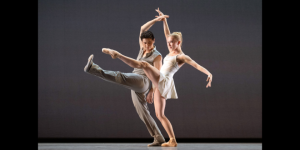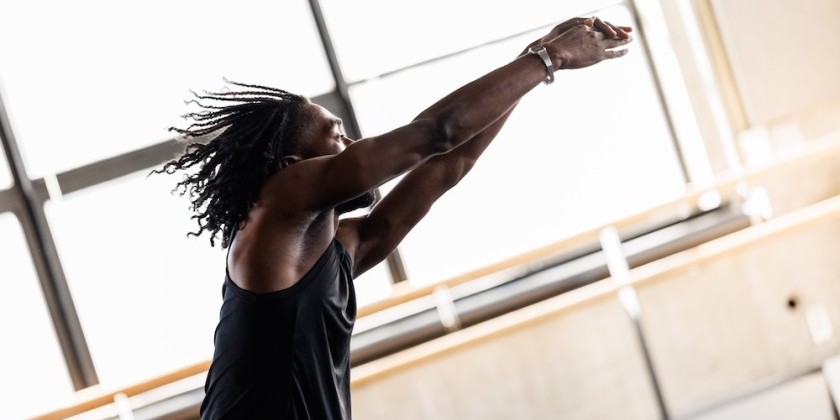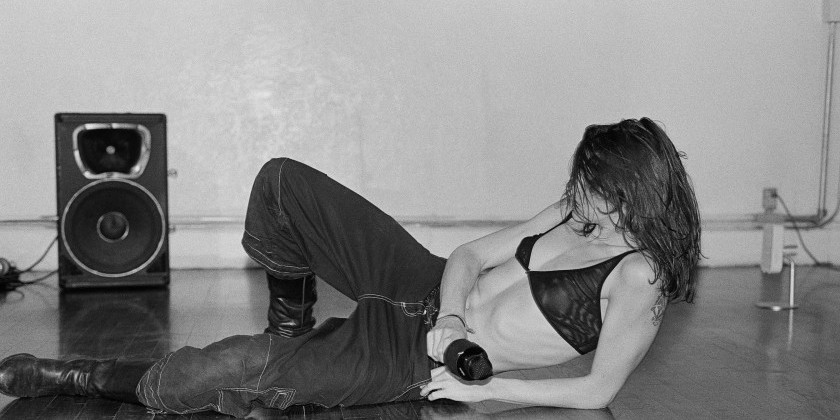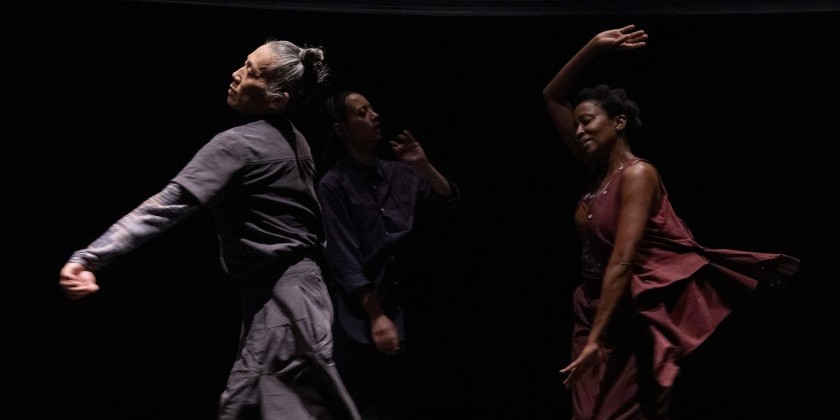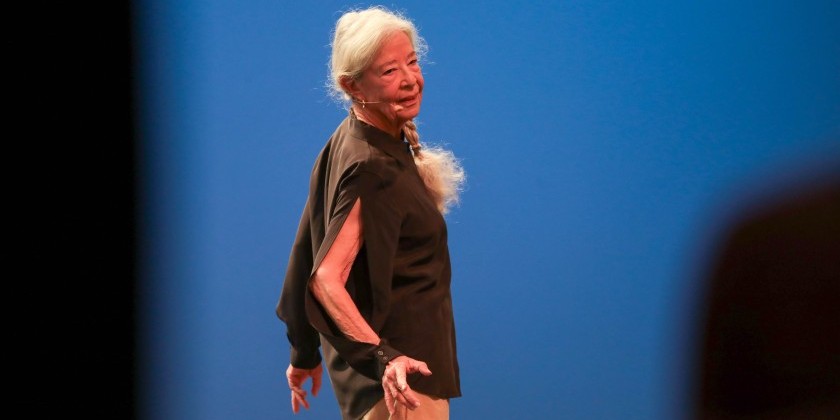DAY IN THE LIFE OF DANCE: The Dynamic Rockers Versus the X-Fenz Crew as Part of Lincoln Center's Restart Stages
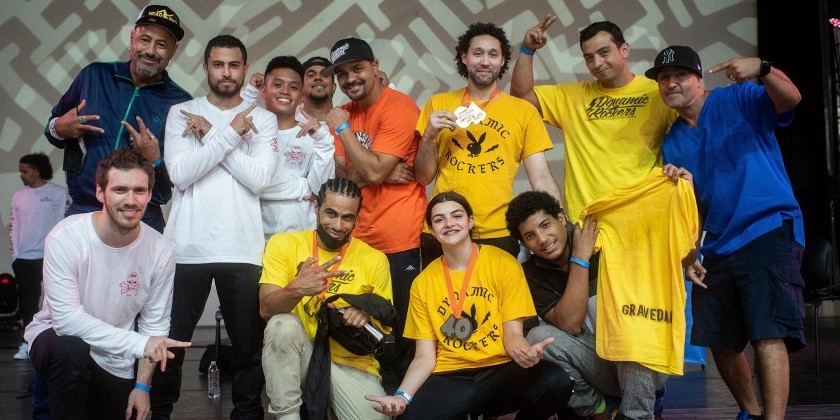
Presenters: Restart Stages at Lincoln Center and Kid Glyde's KBL Foundation
Host: D-Stroy
Additional Hosts: Glyde and Ken Swift
Producer and DJ: DJ Fleg
Judges: Ken Swift, Bgirl Kastet (Russia), Bgirl Kate (Ukraine)
Dynamic Rockers: Kid Glyde, Bgirl Krazy, Pete, Gravedad
X-Fenz Crew: Dr. K, Rony, Liam, Malo
More information on Lincoln Center website: https://tinyurl.com/4kdcmebn
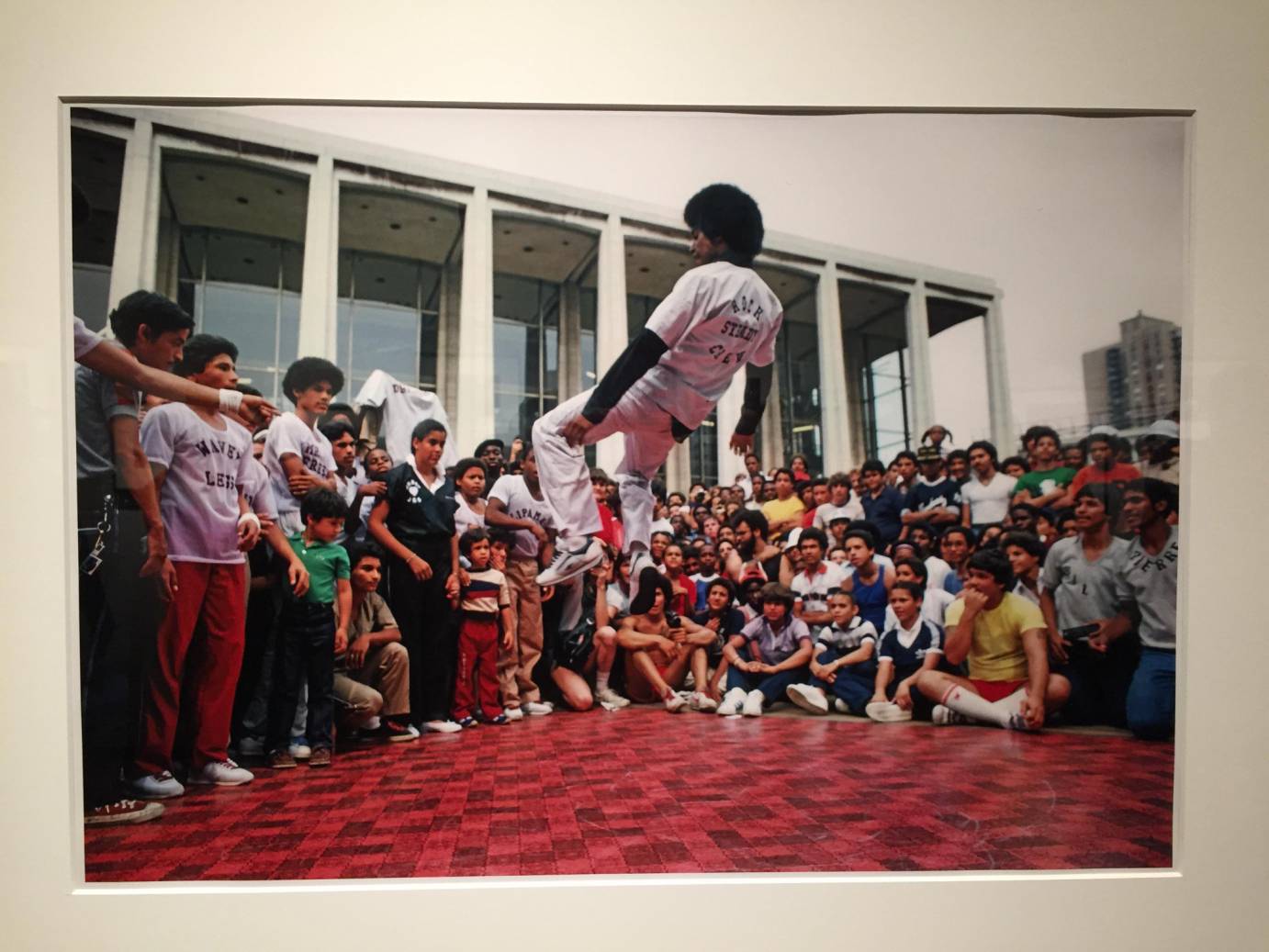
Forty years ago, an epic battle took place on a platform atop the Lincoln Center Fountain. The atmosphere was electric and bursting with energy. Part of the Lincoln Center Out of Doors Festival, rival teenaged breaking crews, Dynamic Rockers from Queens and the Rock Steady Crew from the Bronx and Manhattan were ready. They battled previously at the United Skates of America, an outsized meeting place for youth, in Jackson Heights, Queens, but a controversial tie was called. The crews eagerly agreed upon a rematch for the wider public. This was to be the showmanship battle of their lives.
In honor of this iconic anniversary battle, on September 11, two crews faced off at Lincoln Center, the Dynamic Rockers and the X-Fenz Crew. Like the original, the battle went four rounds. Glyde and Ken Swift, MCs, commented, reminisced, and offered call and response: “If you love the whole culture make some noise!”
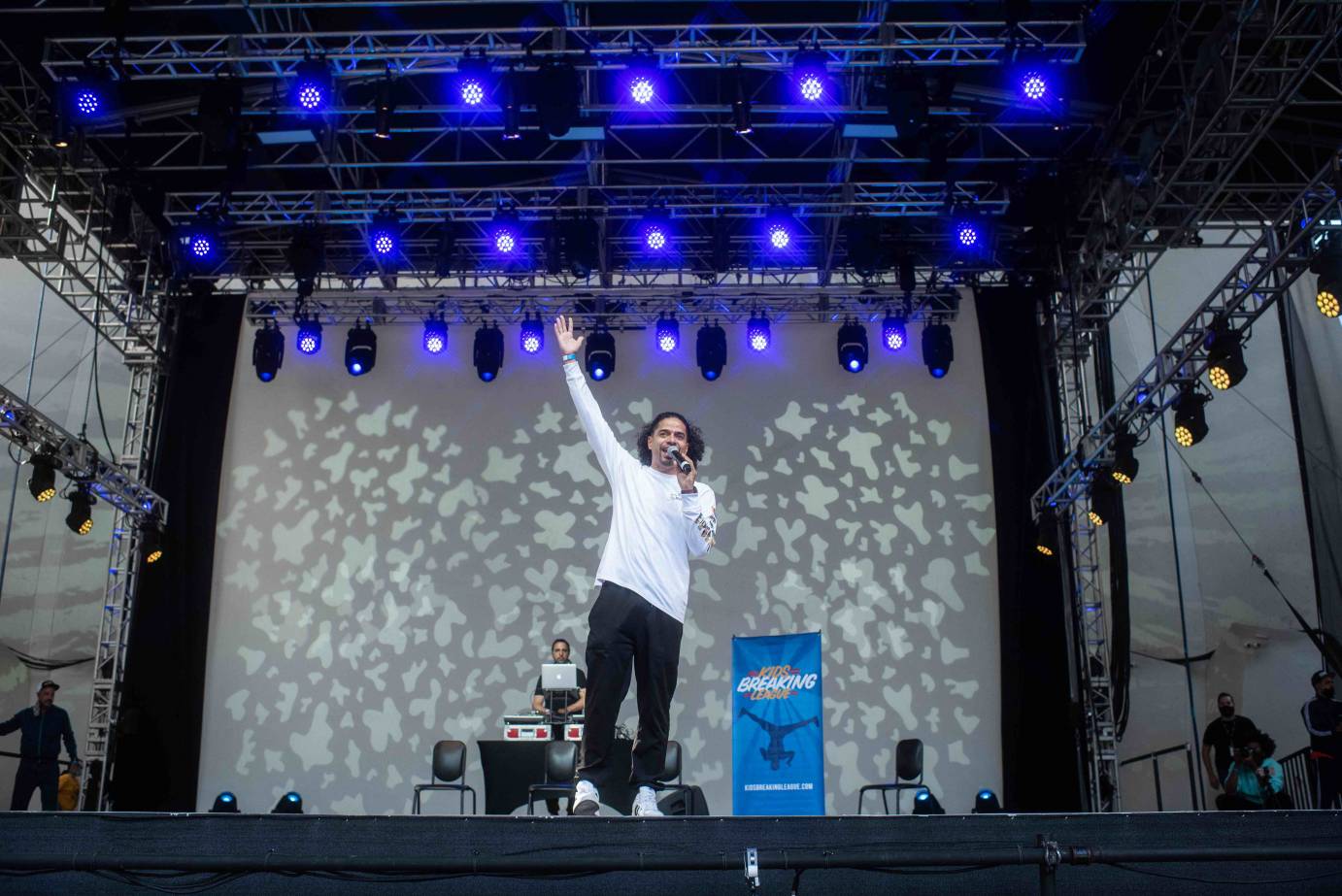
Promoted by Lincoln Center, an historically white institution representing traditional culture, Hip Hop, in contrast, is an urban street form originally developed in the 1970s primarily by Latino and Black kids from the South Bronx and upper Manhattan. Says Ken Swift, an exemplar Rock Steady Bboy and one of the three judges of the 2021 anniversary battle, “NYC was so heightened and intense at the time that it birthed this explosive cultural art form.”
B(breaking)boys developed their signature moves by practicing either alone or with their crews. The battles inspired greater and greater creativity. Witnessing the moves of the fearless Frosty Freeze (considered one of the all-time superlative Bboys), Glyde, former president of the Dynamic Rockers “went home and scraped my face on concrete many times. We made each other better.” To join a crew, breakers were required to apprentice and to attend school. Discipline was the name of the game. Breaking evolved ad hoc in clubs, playgrounds, basements, and on the street. It is one of the four pillars of Hip Hop that includes DJ, MC, Graffiti, and Bboys / Bgirls.
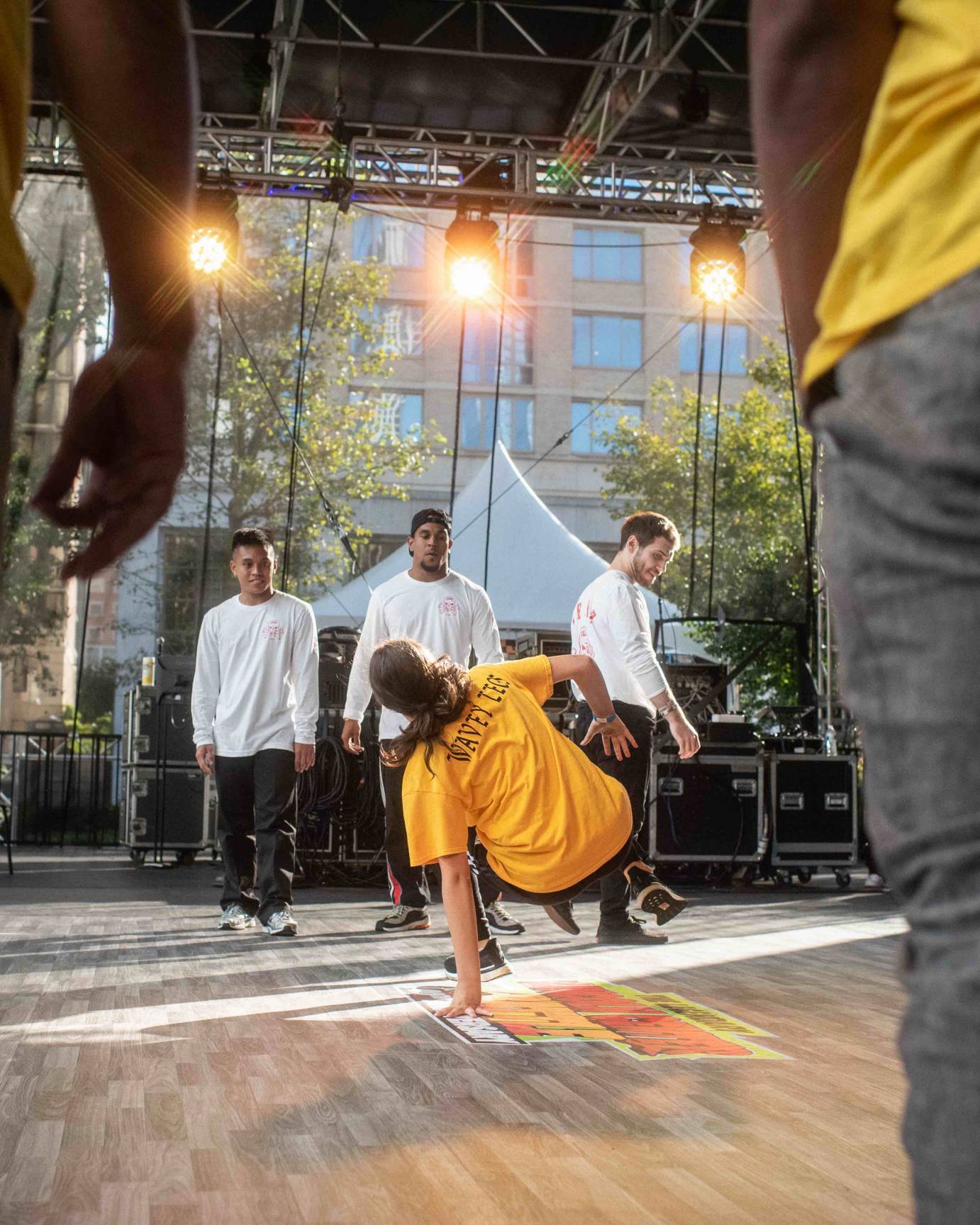
Eddie Ed, an early leader of the Dynamic Rockers, says, “As a gymnast, I made up a few moves such as ‘the devil’s chair,’ where I hold the upper body up with my legs in a flare position on my back, but I do it in four different positions on my hands.” The steps of funk singer James Brown, the dances on Soul Train, the breakbeats of DJ Kool Herc, and earlier dance styles such as uprock — a battle dance derived from gangs — shaped breaking. Although most breakers are ready with moves and combos (combinations of moves) they must be rhythmic movers, use the breaks well (music refrains), and respond to the moment. The form is highly improvisatory.
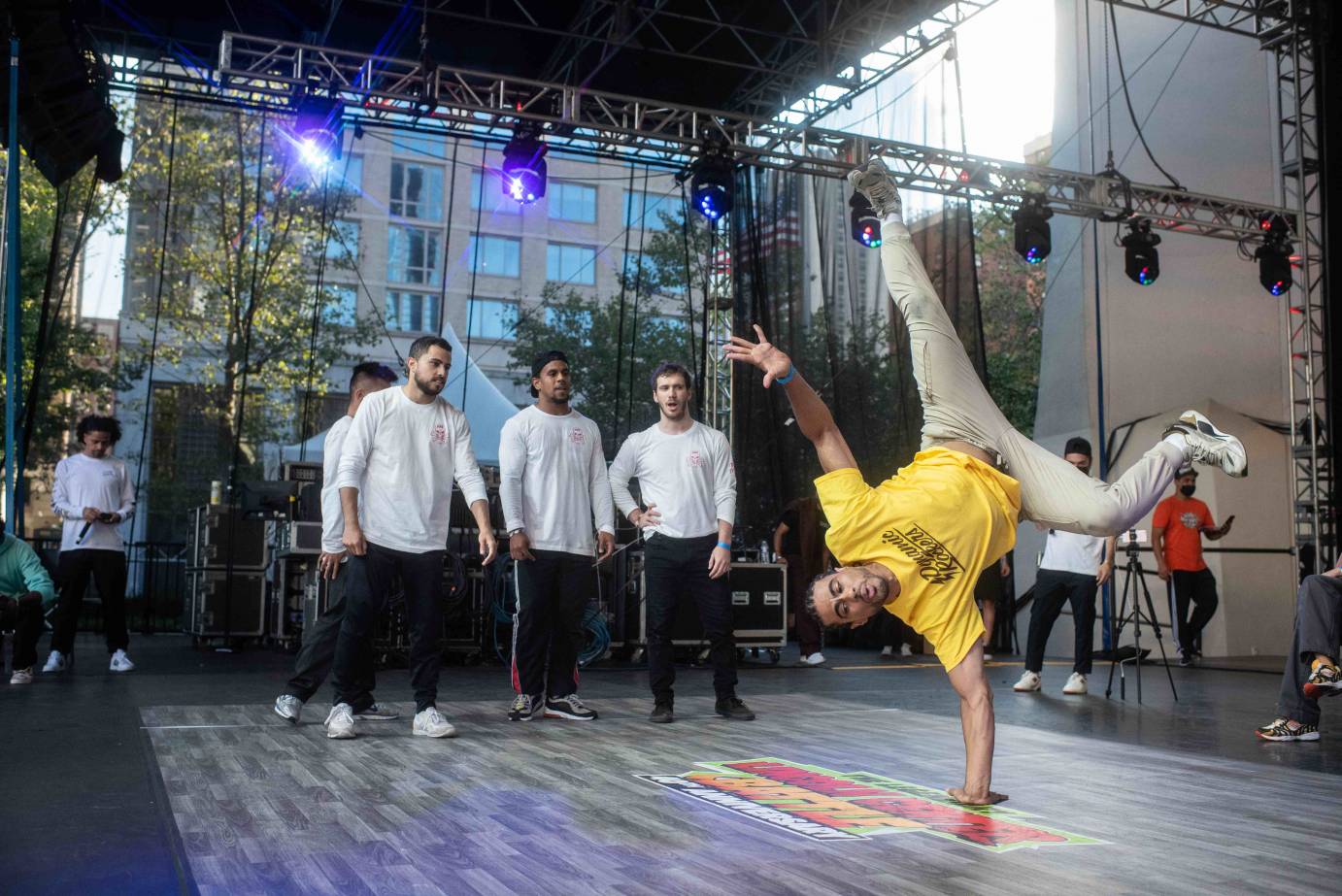
Kid Glyde, the current leader of the Dynamic Rockers and son of Glyde, set the bar high in the first round by ‘kicking it’ with his commanding presence. Easeful yet precise, Kid Glyde demonstrated his mastery with a spin on one hand, a throw of one leg over the other, and an upside-down freeze. Dr. K, of X-Fenz, responded with a slide on the knees, quick raucous footwork, and an unmatched skittering energy.
Bgirl Krazy, a Dynamic Rocker and the only woman, displayed a flexible spine and a knack for gymnastics. X-Fenz member Rony bounced on one arm and cheekily slid on his head contributing a freshness and excellence that raised the level of his crew.
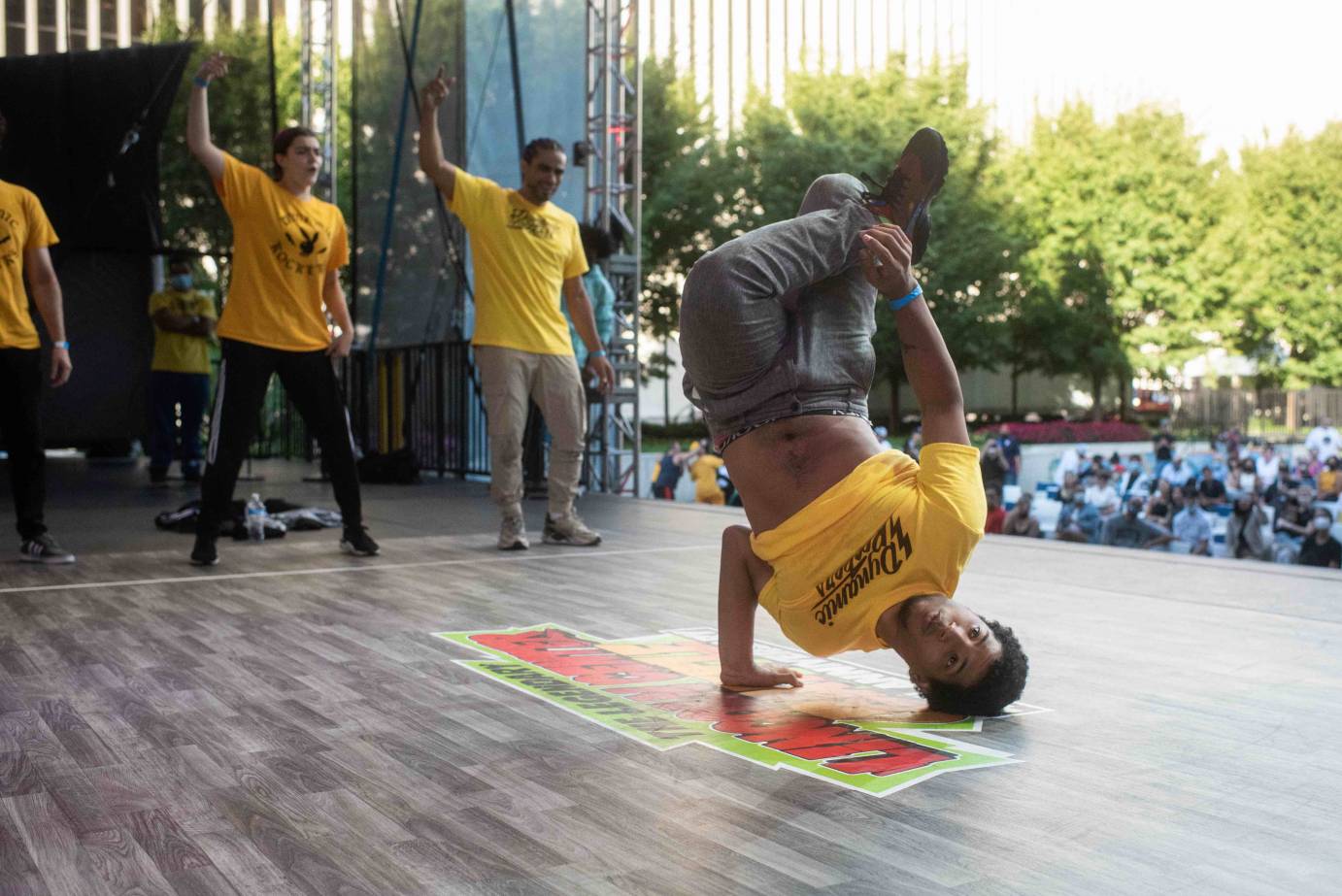
As the rounds continued, the breakers loosened and poked fun at their rivals. Power moves are left for last and the crews brought it on. The last breaker to battle, Gravedad, proceeded with cocky confidence. One of the most arresting breakers, he galvanized the crowd with gutsy signature moves. The judges’ three arms indicated a unanimous decision. This time, forty years later, the win went to the Dynamic Rockers.
Now in their 50s, other fabled pioneers attended the redo: Powerful Pekster, Charlie Chaz, Flip, Spinner, and Sugar Bear all sporting the Hip Hop look—clothes, adornments, and body awareness. As these legends prove, Hip Hop is not only for the young: it’s a way of life. An ever-evolving art, Hip Hop is featured on the dance concert stage; it is ubiquitous in advertisements, instrumental in youth work, and has surpassed many other performance and cultural forms. Clips of the early Lincoln Center battle are woven into two epochal films, Beat Street and Style Wars. Individuals “bring who they are to the culture as long as the four principles of Hip Hop — Love, Peace, Unity and Having Fun — are followed.” (Kid Glyde). Embraced worldwide, Hip Hop culture pervades every corner of the globe and continues to shape all aspects of popular culture.





